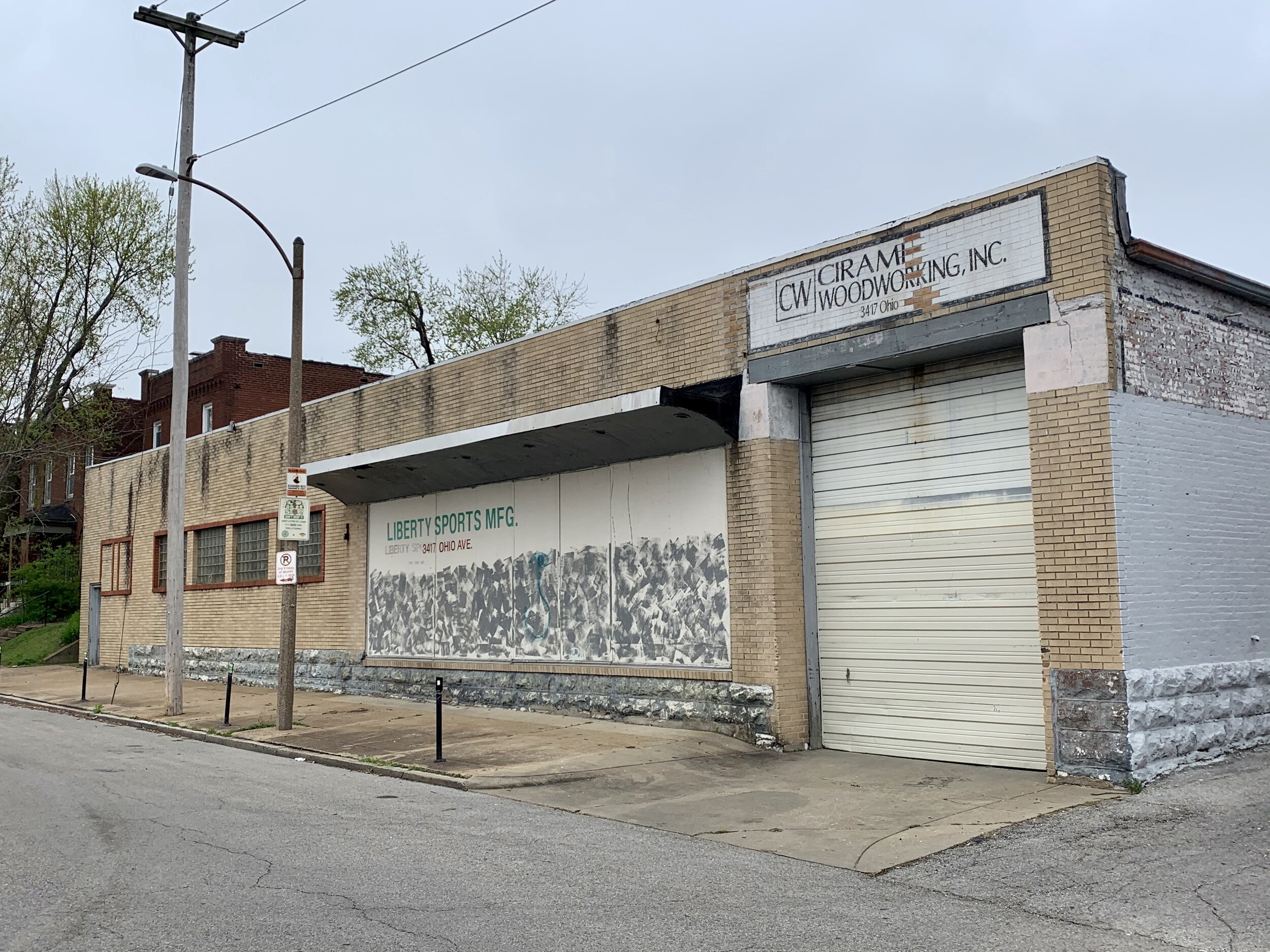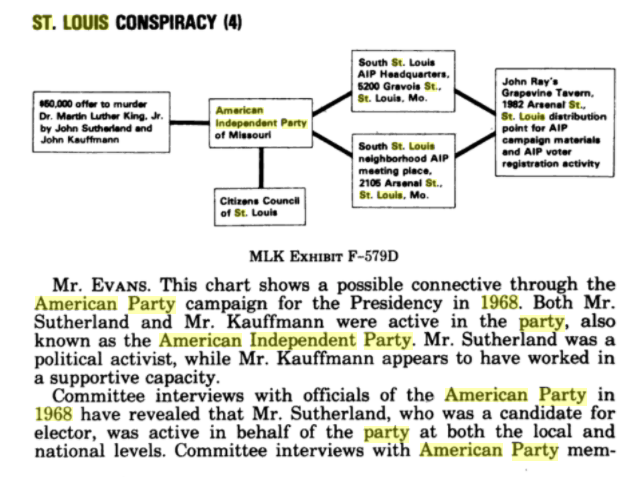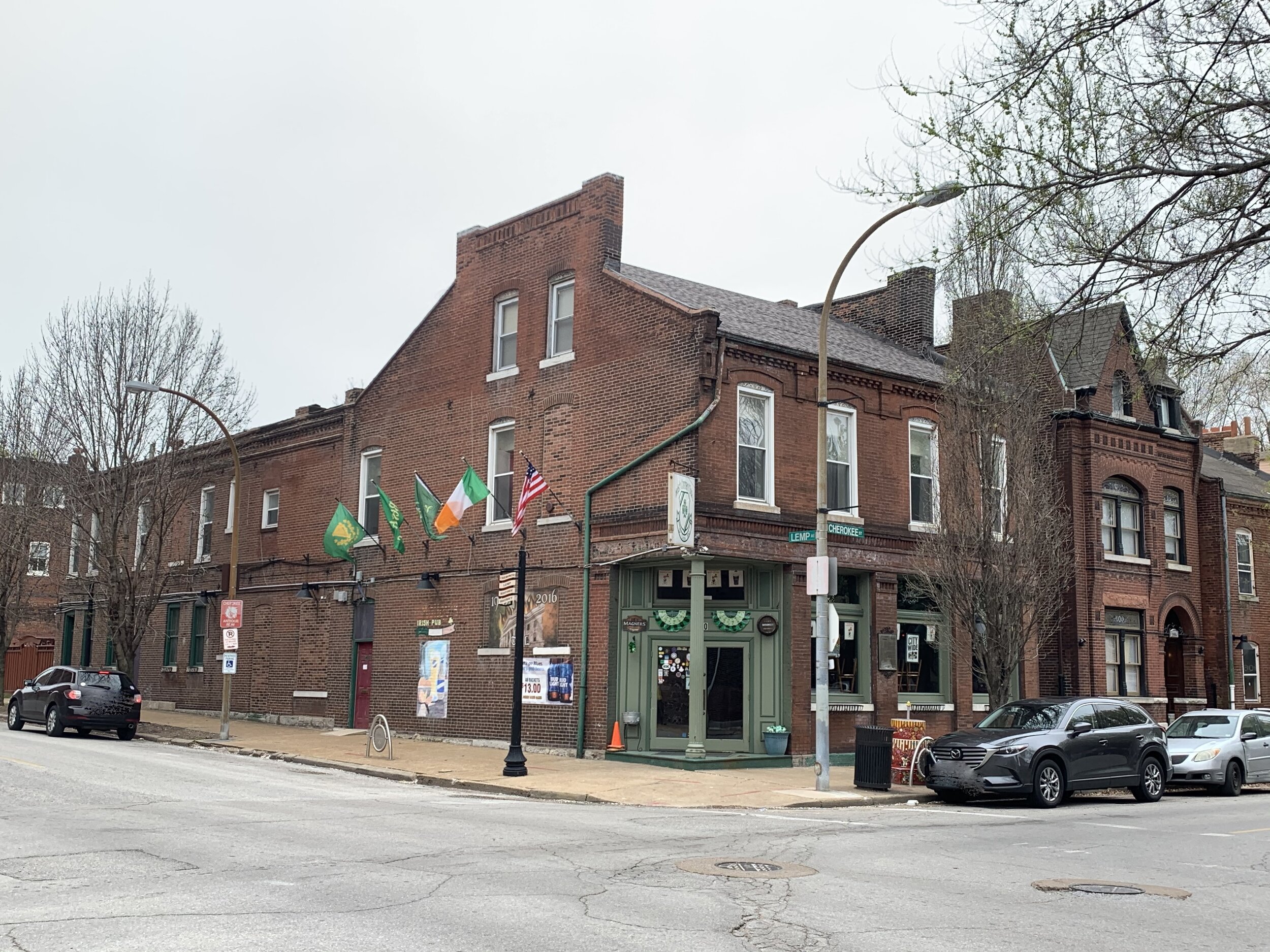If you have four hours and a couple tanks of gas to spare, I suggest a trip to the National Civil Rights Museum at the Lorraine Motel in Memphis, TN.
In my opinion, it’s one of the best museum experiences in the country. The subject matter, curation and vibe is gripping and essential. A trifecta of this museum, Sun Studio and Stax will floor you.
That full experience will bring together how black/white races mixed and melded, bringing some of the most important music the world has ever heard, and then the terrible end to Dr. Martin Luther King Jr.’s life and the subsequent racial strife and violence that followed. Memphis, America and the world was drastically changed in a very short time.
It’s all right there, and unexpectedly tied together in one city.
This 2016 trip to the Civil Rights Museum was memorable. If your emotions are not charged after a visit, you aren’t in touch with yourself or the history that is presented here. If you don’t find tears in your eyes at some part of your tour, you are a cold bastard.
You can view the flop house room where Ray allegedly pulled the trigger across from the balcony of the Lorraine Motel…overwhelming.
I’ll never forget reading a blurb on James Earl Ray’s connections in St. Louis at the museum.
James Earl Ray's #STL connection at 1982 Arsenal in Benton Park...gotta see if it's still there pic.twitter.com/oAIRDHsqoS
— Mark Groth (@megrot) July 23, 2016
As you can see there are clear ties to St. Louis as James Earl Ray spent time here and the conspiracy to kill MLK was hatched here.
Per an April, 1992 Riverfront Times article by C.D. Stelzer:
“In 1979, the House Select Committee on Assassinations (HSCA) concluded there was a St. Louis-based conspiracy to murder the Rev. Martin Luther King. Evidence gathered by the HSCA has been sealed until 2027. James Earl Ray, the convicted murderer of King, claims the congressional investigation itself was a cover-up.”
And of course, the James Earl Ray and St. Louis connection just brought the whole thing back home…see, you can’t escape the past when you live in an old, important, relevant place like St. Louis. Whether Ray pulled the trigger or someone else, we may never know for sure, but history is what it is. James Earl Ray is on the hook for assassinating Martin Luther King Jr. And, his story has strong connections to several South City neighborhoods.
Before visiting the museum, I had no idea of this small part of St. Louis history. Do you think this was taught in my Catholic grade school or public high school? No, just the canned stuff.
There is so much history in my own backyard I just can’t process it all sometimes.
Anyhow, I made a mental note to dig into that St. Louis connection back in 2016 and nothing makes you think about the past more than a quarantine. I’m finally getting around to it now, and decided to share the locations that were tied to James Earl Ray and his brother John’s time in St. Louis.
I am not going to present the whole story here, rather just the physical connections. When I drive and walk around St. Louis I can feel the ghosts that I’ve researched or read about over the years. Now the James Earl Ray piece of history will be cemented in the neighborhoods of Bevo, Benton Park, Lafayette Square, Marine Villa and Gravois Park.
Some of these buildings have gone the way of the wrecking ball, so we’ll not be able to take them in.
First, a little background on James Earl Ray’s upbringing to set up his path to St. Louis.
James Earl Ray was born on March 10, 1928, in Alton, IL. Two years later, his family moved about an hour and a half away to Bowling Green, MO and then by 1935, they moved again to Ewing, MO where Ray lived through grade school.
He moved back to Alton at age 16, where he lived with his grandmother and worked in the International Shoe Tannery factory in nearby East Hartford, IL. He was laid off in December, 1945 and, 6 weeks later, enlisted in the Army. He was stationed in occupied West Germany where he was charged with drunkenness and breaking arrest. Ray was discharged for ineptness and lack of adaptability for service in 1948. He was involved in a shooting of a fellow U.S. soldier in Germany, black guy, and this shook him deeply for years. He may have never gotten over it, and it may have contributed to his discharge.
After his discharge, Ray returned to stay with his grandma in Alton, and embarked on a life of odd jobs and jail sentences. He worked for the Dryden Rubber Co. in Chicago until he was laid off in September 1949, and then left for Los Angeles, CA. He had a black girlfriend in L.A. by the way. On October 11, he was arrested for robbing a cafe and was sentenced to 90 days in the clink.
After serving his time in L.A. he returned to Illinois in 1950 where he worked until May, 1952. He tried to get his High School diploma during this time, but ended up robbing a cab driver of less than $12.00. Again, found guilty of robbery and incarcerated at the State pen in Joliet, IL and another jail until released in 1954.
This was years before the Blues Brothers were in Joliet, so no connection there (just seeing if you’re paying attention).
Ray eventually moved to Quincy, IL. where he again got busted for jacking a post office of money orders and a validating stamp (if you’re there, why not?). This is getting interesting, the guy couldn’t stay outta trouble, white privilege does not serve all, especially those with no money…he fled to Miami and was finally arrested in Missouri where he returned. This time 45 months at the Federal pen in Leavenworth, KS.
Paroled from Leavenworth in 1959, he headed to St. Louis and robbed two grocery stores in South City and one in Alton, IL. (source)
One of the two buildings he robbed is still around right off of Cherokee Street at 3417 Ohio Avenue in the Gravois Park Neighborhood. If you are having a drink and listening to choice music at the Whiskey Ring, look out the window just to the west, and there is the former Kroger.
3417 Ohio Avenue - Former Kroger robbed by James Earl Ray
Parking lot behind the Kroger circa February, 1952 - Photo source - Missouri Historical Society
The other grocery store he robbed in St. Louis was a former location of the family-owned Vincent’s Market that is now a Soulard institution. Back in 1958, the grocery store was located at 1102 Park Avenue in the LaSalle Neighborhood. The building is now a playground at Ray Leisure Park.
Photo Source: Vincent’s 12th Street Market
James Earl Ray was eventually captured in an apartment building across from Lafayette Square and tried in 1959. I can’t find this exact location. Once the COVID-19 quarantine is lifted, I’ll have to visit the Missouri Historical Society and St. Louis Public Library to try and get to the bottom of it.
Mug shot photo sourced from St. Louis Post-Dispatch
From that mug shot, you can see he took one on the noggin from the po-po.
On March 17, 1960, he began serving his 20-year sentence at the Missouri State Penitentiary and tried to escape November, 1961 and again in March, 1966. On April 23, 1967, Ray finally did escape on a bread truck (some say with help from mob and family connections). Over the following 11 1/2-month period, he moved around from Chicago, Montreal, Birmingham, Los Angeles and Atlanta.
On the afternoon of April 1968, posing as John Willard, Ray rented a room at a Memphis flop house near the Lorraine Motel. That was the day Dr. Martin Luther King, Jr., was assassinated at the Lorraine Motel.
On May 7, 1968, the Shelby County Criminal Court named Ray in an indictment for the murder of King. An international manhunt culminated with Ray's capture in London, England, on June 8, 1968. Ray pleaded guilty to the murder of King on March 10, 1969…99 years in the penitentiary. He later retracted that guilty plea, to no avail.
Ray died at age 70 on April 23, 1998, at the Columbia Nashville Memorial Hospital from complications related to kidney disease and liver failure caused by hep. C.
One journalist researching his story and controversy around the King assassination was considering donating part of his liver to keep Ray alive to tell his side of the story. If you are interested in conspiracies and government and mob fixes, this is one to look into.
And if you do, St. Louis will arise on your mental map.
Benton Park has two integral sites key in the telling of the story. Back to my tweet from 2016, the Grapevine Tavern, operated by James Earl Ray’s brother John, was the backdrop for much of the plot to assassinate King.
The players associated with the hit are intertwined at this former South City tavern. Beer and bad ideas in a South City bar? Really? This place, depending on what you believe to be the truth, is quite historic.
Much has been written about the connections of James Earl Ray and his older brother John who operated the Grapevine Tavern which was a spot integral to the story of how James Earl Ray was paid to assassinate King.
Ties to the mob, with local Union connections to St. Louis, white supremacist organizations including the pro-segregation American Independent Party who back George Wallace in the 1960s for President…and even the government.
King, in 1965, called George Wallace "perhaps the most dangerous racist in America today". Supports met at the Grapevine Tavern.
The St. Louis headquarters for the American Independent Party back in the day was at 5200 Gravois in the Bevo Neighborhood. The building has been demolished for a parking lot that no one uses right at Gravois and Walsh/Duke:
Leveling history for surface parking that is rarely used
The best information about the building that housed the Grapevine Tavern, which includes the addresses of 1976-1982 Arsenal Street, was from the 1984 nomination for the National Register of Historic Places by Esley Hamilton. This important place was built in 1889, originally referred to as the Shollmeyer Building, built by Christian Shollmeyer. The building remained under family ownership for at least a decade following Christian's death in 1925. It held commercial spaces and housed laborers in its apartments. From a 1930 city directory, the storefronts were occupied by a shoe repair, a beauty shop, and an upholsterer, with a grocery at the corner, while one resident was chief engineer for a photographic supply manufacturer.
In typical St. Louis fashion, the place eventually became a drinking hole and then abandoned for vagrants and vandalism to take hold. It was rehabbed in the 1980s.
Strangely enough, the connection to James Earl Ray and MLK was not included in the application. You’d think that’d be a slam dunk to get the tax credits and historical status.
The building is still there, just east of Benton Park.
1982 Arsenal Street - Benton Park Neighborhood, St. Louis, Missouri
Photo credit - Esley Hamilton - May, 1984 (all boarded up)
The photo above is very telling of the story of Benton Park and St. Louis in general. The city was almost entirely abandoned, boarded up and left for what ever fate. Benton Park is now a stable, nice place to live. Drive along Arsenal from Jefferson, east to Anheuser Busch In-Bev and tell me the place isn’t in great shape.
But, back to James Earl Ray’s connections…the best reading on the topic will be found in an April, 2008 article by Ellis E. Conklin published by the Riverfront Times.
This fascinating interview explains where the money for the tavern came from and how it got its name.
“In the late fall of 1967, John Larry Ray purchased a building on Arsenal Street in south St. Louis and opened a tavern. To pay for the building, Ray says, he plunked down the better part of $25,000 James (Earl Ray) had given him — money the elder Ray said he’d received from the Mob. John Ray first thought of calling his new bar Jack’s Place, but he ultimately decided on the Grapevine Tavern, a homage to the “prison grapevine.”
The tavern, situated across from Benton Park at 1982 Arsenal, opened New Year’s Day 1968. Almost immediately, it became a magnet for government informants and two-bit criminals, and a popular watering hole for supporters of segregationist and American Independent Party candidate George Wallace, whose campaign headquarters was on the same block. (“We had his buttons and posters and everything. I voted for Wallace,” says Ray. “Now, James — he always liked Nixon.”)
According to Barsten’s research, and from what John Ray has told Barsten of those days, the Wallace pamphlets were furnished to the Grapevine by St. Louis police officers who, in exchange for this political kindness, promised to look the other way if Ray kept the bar open an extra couple of hours past closing time.
Ray sold the Grapevine in 1969. A machine shop now occupies the premises, turning out safety glasses for industrial use.”
That campaign HQ was actually on 5200 Gravois, as I mentioned above. But, a key meeting place was the residence of Stanley and Viola Anderson. The building still stands, has been rehabbed and as of publishing is available for rent.
The building is the one on the right, setback from Arsenal Street, convenient a short walk from the former Grapevine Tavern.
2105 Arsenal Street - Benton Park Neighborhood - St. Louis, Missouri
The conspiracies and documentation of the St. Louis connection are all available for consumption and mapped out quite clearly.
Source: Investigation of the Assassination of Martin Luther King, Jr Volume 7
The Grapevine Tavern, not unlike MLK himself were bugged by the Feds to get info on the players. My wife is trying to find out if there are transcripts of the findings, although they likely won’t be available until after 2027 when the files are opened up to the public.
The building housing the tavern was actually owned by Carol Pepper, who was married to Albert Pepper and they resided at 2025 Belleview in Dogtown.
When John Larry Ray, proprietor of the Grapevine Tavern, was living in St. Louis, he stayed at 1900A Cherokee Street in the Marine Villa Neighborhood. I spoke to someone works there who had no idea of the connection.
If you are enjoying a beer from Bluewood Brewing or a delectable smash burger from Mac’s Local Eats, look catty corner and you’ll see where John used to stay in St. Louis. It is now an Irish pub in the shadows of the former Lemp Brewery.
Dig into this story some more and you’ll find that several key players in drugs, the mob and the American Independent Party’s association with white supremicy will come up. A hit on one of the key players took place in the St. Louis suburban town of Richmond Heights, MO where dynamite was strapped to a car wiping out some the last who might talk about the connections and conspiracy.
History is all around us, right in out backyards, kind readers.
Dig in and try to give it thought. Don’t let it get lost. This city with all it’s good, bad and ugly is endlessly fascinating if you give it the time and attention.
Essential reading on the topic:















